Artemis will light our way to the Moon and to Mars, beginning with the inaugural launch of Artemis I this August 29, 2022. What is learned along the way will change not only space exploration but the world. Read some of the most frequently asked questions about this new chapter in space exploration.
WHAT IS THE ARTEMIS MISSION?
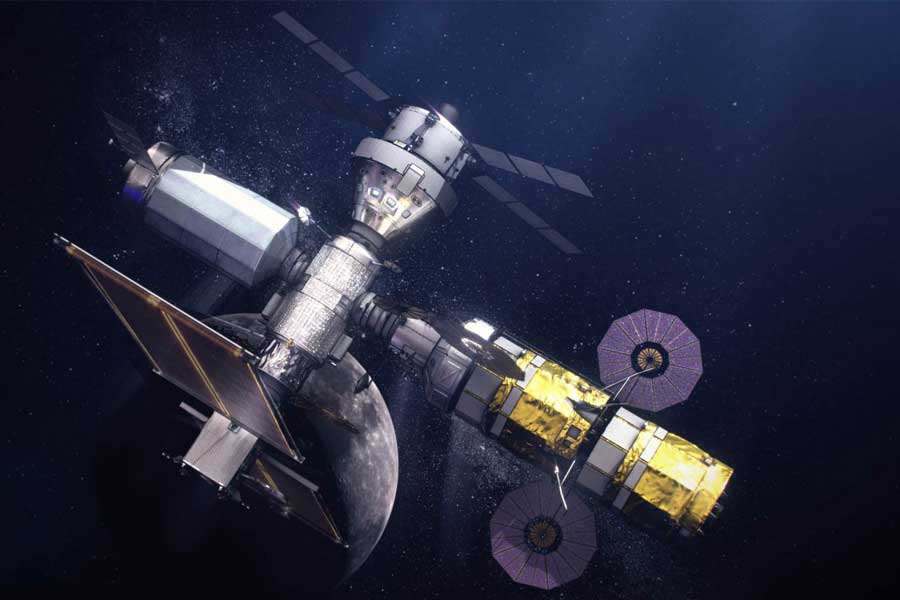
NASA’s Artemis will return human exploration to the Moon. NASA has built new technologies, such as the Space Launch System (SLS) rocket, Orion spacecraft, and Exploration Ground Systems to take astronauts to the Moon and eventually to Mars. Plus, the Artemis missions will put the first woman and first person of color on the lunar surface. In collaboration with commercial and international partners, NASA will establish sustainable structures on and around the Moon to support more discovery and exploration than ever before.
WHY ARE WE GOING BACK TO THE MOON?
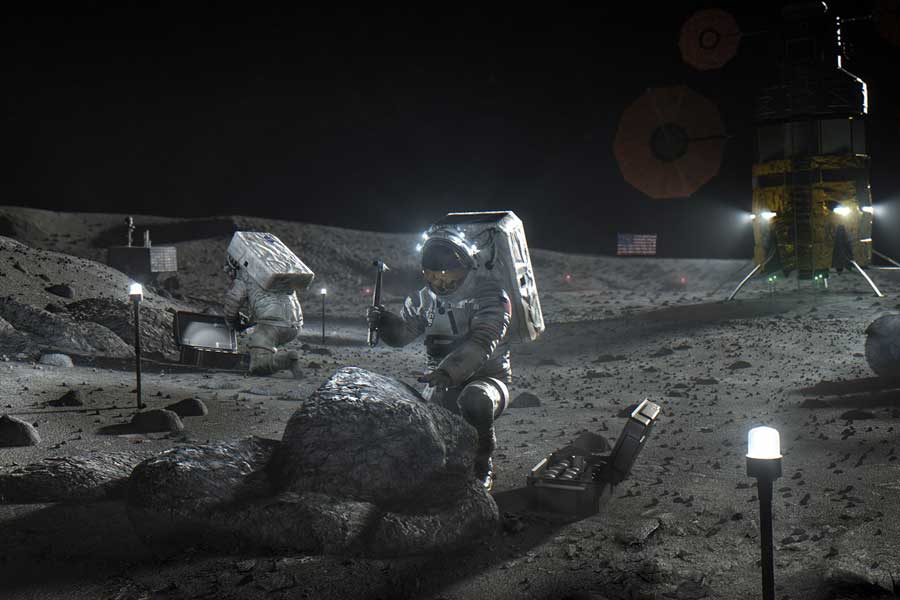
More than 50 years ago, we stepped foot on the Moon. Now, we are going back. By further exploring the lunar surface, we can learn more about our universe, access resources on the Moon, and prepare for eventual deep space travel to Mars. New instruments will be used to test the extraction of vital resources such as water. The crew will also wear modern spacesuits that allow increased mobility, modern communications, and robust life support systems. Living on the Moon will prove human’s deep space capabilities as we prepare to go to Mars. Plus, human and robotic activities while in orbit of the Moon and on its surface will teach us more about the universe and our planet.
HOW WILL WE GO TO THE MOON?
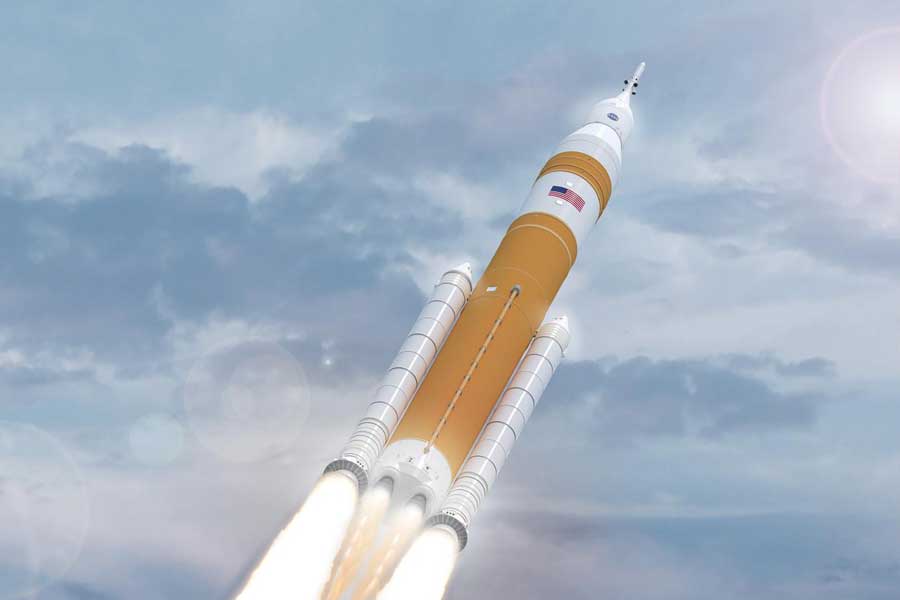
New technologies have been developed to take us to the lunar surface. All launch facilities at Kennedy Space Center are upgraded to support Artemis missions. The most powerful rocket in the world, the Space Launch System (SLS, has been built to carry humans and cargo to the Moon and beyond. Orion, launching atop the SLS, is the capsule that will carry the crew into lunar orbit. The crew will then transfer to the Gateway, an outpost orbiting the Moon. Then, the land crews on the lunar surface with the support of the Human Landing System.
WHY IS THIS PROGRAM NAMED ARTEMIS?
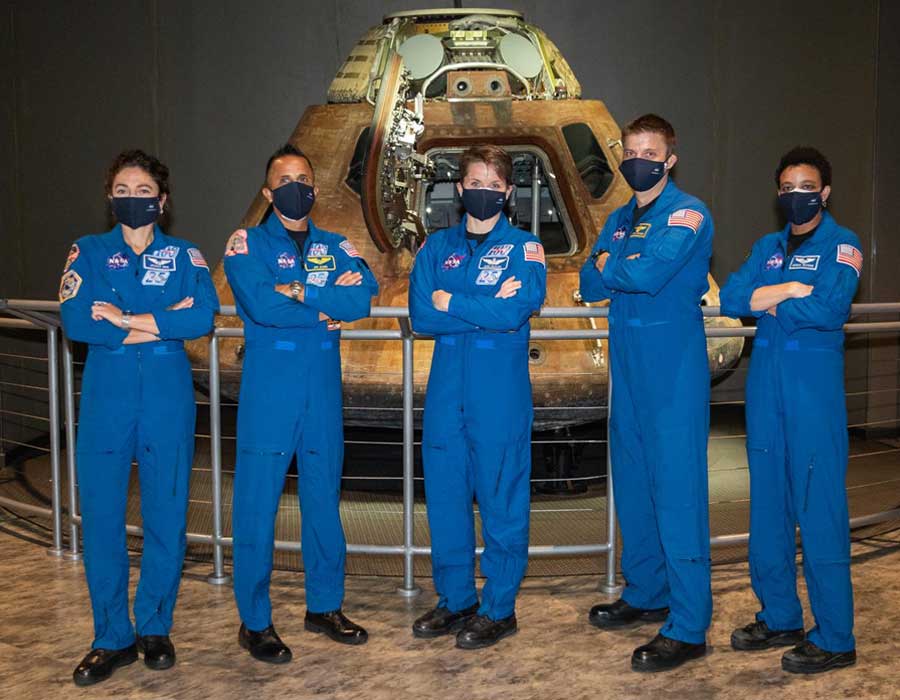
Over 50 years ago, the Apollo Program put man on the Moon. Dr. Abe Silverstein, former director of NASA’s Glenn Research Center, named the Apollo Program after the Greek God of the Sun. When Silverstein saw an image of Apollo riding his chariot across the sun, he said “the name is appropriate for the scale of the Apollo Program”.
Now, NASA will put the first woman and person of color on the Moon during Artemis. This program is aptly named after the Greek Goddess Artemis, the twin sister of Apollo. Artemis is the Goddess of the Moon, archery, and more.
WHAT DOES THE ARTEMIS LOGO MEAN?
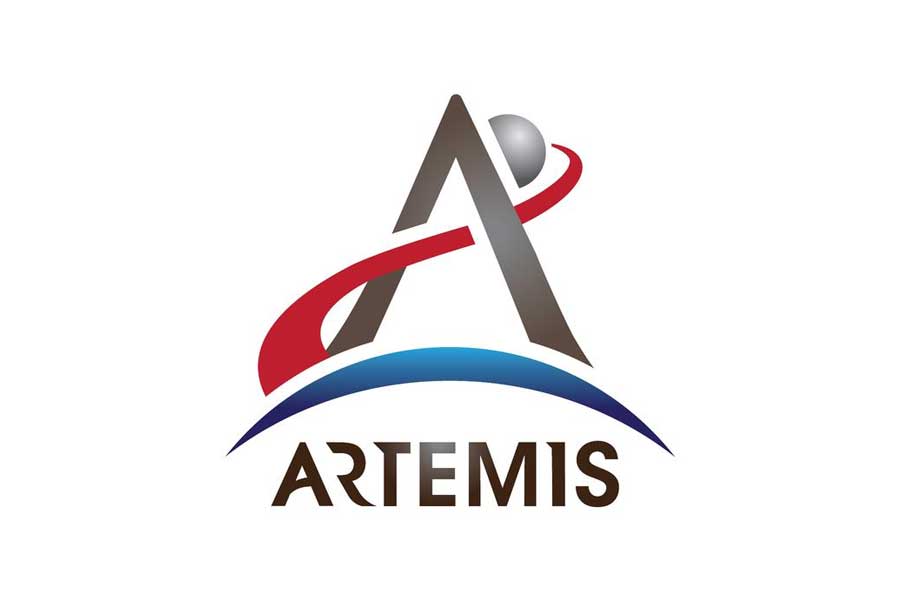
The Artemis mission patch draws inspiration from the Apollo Program while demonstrating how Artemis will take us on a new path of lunar and Martian exploration.
The Artemis mission patch is dominated by the letter ‘A’, similar to the Apollo program patch. The ‘A’ also represents the arrowhead from Artemis’s quiver and a rocket launch.
The blue arc represents the Earth’s crescent.
The blue arc doubly represents Artemis’s bow, illustrating how Earth is the source of the energy and effort that will send us to the Moon.
The gray circle represents the Moon, the stepping stone for Mars.
The red crossbar of the ‘A’ represents our path to Mars.
As we approach the launch of Artemis I this summer, join in the celebration with special events ahead of the launch! KSC’s Summer of Artemis page is your central resource for all upcoming events and launch preparations.
Plus, don’t forget to visit the Apollo/Saturn V Center to relive the milestones of the Apollo Program and discover NASA’s plans to explore the Red Planet in Journey to Mars: Explorer’s Wanted. Check out the event calendar and sign up for email alerts to stay in the loop on everything Artemis!